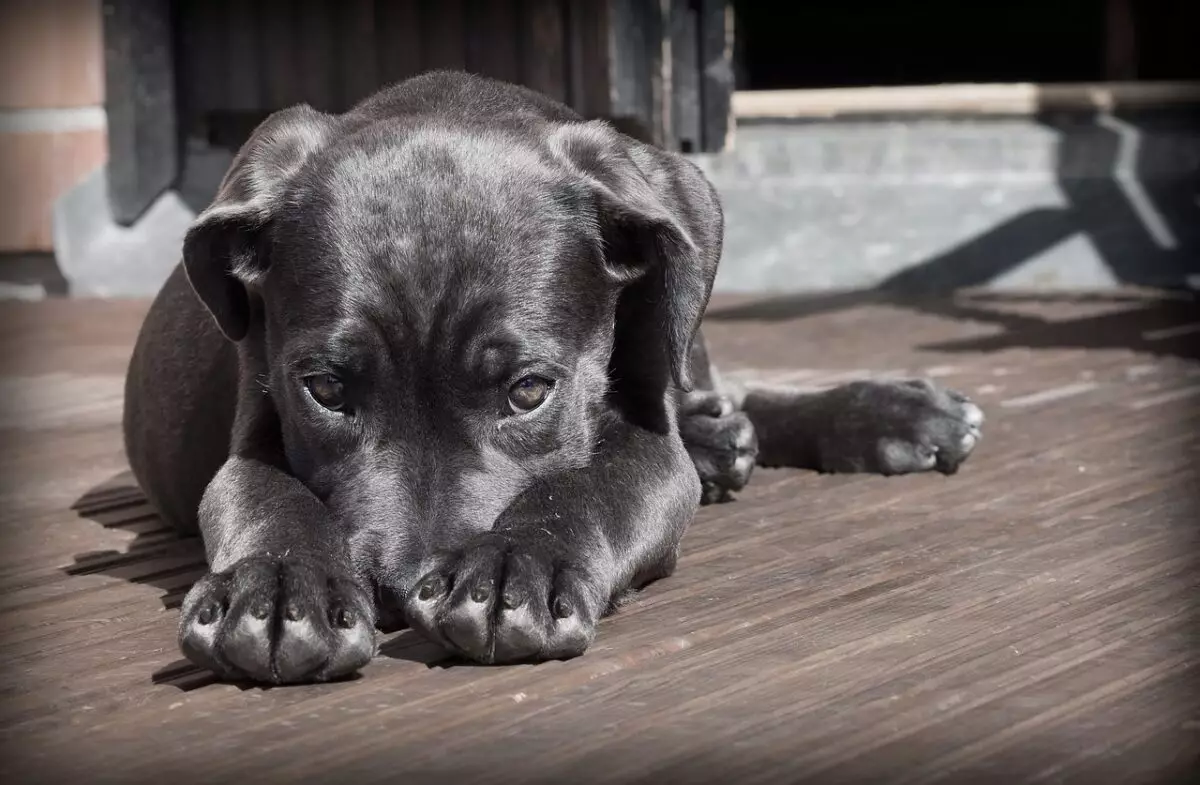When we own a dog, we often find ourselves face-to-face with that heart-melting “guilty look.” You know the one—eyes wide as saucers, head lowered, and an almost apologetic demeanor when they’ve been caught in the act of mischief, whether it be a shredded shoe or a mess on the carpet. This expression frequently leads us to conclude that dogs are capable of feeling guilt, much like humans do. However, emerging research points to a different narrative, suggesting that the “guilty look” is not a reflection of remorse but rather an intricate interplay of behavioral responses.
To grasp what our dogs are going through, it’s essential to differentiate between human emotions and canine behaviors. Guilt, as a multifaceted emotion involving self-awareness and the ability to reflect on one’s actions, is likely outside the emotional grasp of dogs. While they may sense our displeasure, it seems that they do not correlate their behavior with wrongdoing as we do. Instead, they react to human cues—such as our tone of voice and body language—which can lead to confusion regarding their actual feelings about their actions.
Dogs are astute at reading non-verbal signals. Their success in living alongside humans has honed their ability to pick up on our emotions, allowing them to respond accordingly. For instance, a dog’s “guilty look” is often simply a reflection of their keen sensitivity to us. When they perceive signs of anger or disappointment—maybe due to a firm tone or a disapproving glance—they instinctively adopt submissive body language: lowering their heads, averting eye contact, or tucking their tails. This display is not an admission of guilt; it’s more of a self-preservation tactic designed to appease us.
The impact of conditioning plays a significant role in how dogs perceive various situations. For example, a dog that has previously been scolded for rummaging through the trash may associate the sight of trash on the floor with potential reprimand, even if they are not the one responsible. This learned behavior can lead to them exhibiting the “guilty look” not out of an understanding of wrongdoing but as a conditioned response rooted in past experiences. They simply reflect what they’ve learned about our reactions.
The “guilty look” can also be classified within a broader context of appeasement behaviors. Similar to wolves in a pack dynamic, dogs can exhibit submissive gestures to mitigate potential conflicts, aiming to maintain a peaceful relationship with their human companions. These actions can include avoiding eye contact, lowering their bodies, or wagging their tails low to indicate submissiveness. In a tense situation, it’s their way of saying, “I mean no harm,” rather than confessing to any transgression.
The bond between dogs and humans is intricate and often underestimated. Studies indicate that dogs can mirror their owners’ emotional states. So when they display that “guilty” expression, it may simply be their way of reflecting our feelings of disappointment or frustration. Instead of signaling guilt, this mirroring could denote a form of empathy, indicating their deep connection with us and their desire to maintain harmony in the relationship.
Understanding that a dog’s “guilty look” may not be rooted in guilt encourages us to reconsider our interpretations of their behavior. As humans, we tend to anthropomorphize, attributing our own emotional experiences to our pets. While this inclination may enhance our emotional connection, it can also lead to misunderstandings about what our dogs are genuinely feeling. Recognizing that dogs respond to our cues rather than their own moral compasses allows for clearer and more effective communication.
If you observe your dog frequently exhibiting that “guilty look,” it may be time to evaluate your response strategy. Positive reinforcement can profoundly impact a dog’s behavior, fostering a strong bond and enhancing trust. Rather than resorting to punishment, focusing on rewarding good behaviors encourages dogs to thrive without fear. This approach shifts the emphasis away from anxiety-driven responses to a culture of understanding and support.
So, the next time your dog gives you that wide-eyed, seemingly remorseful stare, remember they may not be expressing guilt at all. Instead, they are likely reacting to your emotions or simply trying to navigate a tense situation. By fostering a deeper understanding of their behaviors and motivations, we can create a nurturing environment that strengthens our bond with them. After all, in navigating the complexities of canine emotions, a little patience and understanding go a long way.

